What is the future of our cities? The pandemic has given new meaning to the local park, the nearby supermarket, the commute to work and the ability to have a home to self-isolate. Some of the challenges highlighted now — from food deserts to skimpy sidewalks — are familiar but even more pressing.
The Council for Canadian Urbanism is this month putting on events exploring how to plan for more resilient cities. Before COVID-19 hit, the conference was going to be held in Vancouver, in the midst of its own city-wide planning process. When the pandemic arrived, local organizers took the gathering virtual. A happy result of not having to fly smart people to Vancouver has been the ability to tap even more of them around the world for online visits.
They’ve been discussing access to nature, housing, mobility and daily needs when cities are stressed by crises. There are a few events remaining.
For a glimpse into the urban future, here are some insights from conference moderators and panelists on what needs to be done on improving equity, livability and sustainability as our cities emerge from the pandemic.
Getting around
The fact that a pedestrian has to step off the sidewalk and onto the road to avoid people during the pandemic is not a good sign.
There might be heavy traffic, but even if there isn’t, it shows that our cities are built first for “efficiency for the vehicle,” said Dongho Chang, the city traffic engineer for Seattle.
If you’re a senior, in a wheelchair or pushing a stroller, navigating the COVID-19 sidewalk is even harder. In North America, the typical street design isn’t welcoming to different ways of getting around aside from the car.
“We’re noticing that the utilities that we provide are really not adequate.... It’s really revealing the inequity of who we left behind and who we’re not serving. How do we create accommodation for people outside the vehicle?”
Some suggestions: more investment in public transportation and more attention to making the built environment more equitable, such as adding sidewalks where there are none, slowing down vehicle traffic and, in Chang’s native Seattle, simply having stop lights be more responsive to pedestrian push buttons.
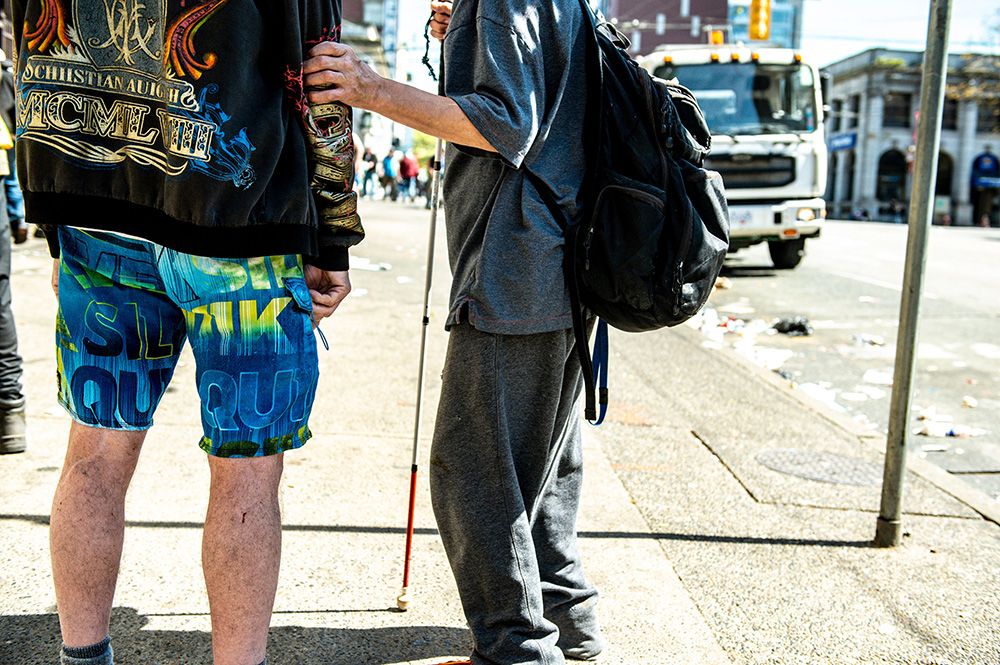
But even when adding something with a positive outcome in mind, Chang notes the importance of hearing citizen feedback because there could be unintended consequences.
Seattle’s Stay Healthy Streets program, created for the pandemic, closed many roads to thru traffic so that people can walk and bike on them.
But some Black Seattleites who began walking on the road were called out. “You don’t belong there,” they were told.
“These streets really created a threat to them,” said Chang. “They traditionally used a vehicle to visit their friends, and they felt visiting their friends on those streets was an endeavor with confrontation. It’s the unintended consequences of trying to do something positive that actually created harm to a marginalized community.... We need to listen more.”
The blind community was also interested in enjoying these slowed-down streets, but they didn’t know where they were.
In another case, families who wanted to enjoy slow streets in an affluent area they did not live in felt uncomfortable, and asked if some could be implemented closer to home.
Chang has this advice for professionals in the pandemic city.
“Serve communities in a quick fashion. Be more dynamic. Measure, evaluate and consider consequences.”
Solidifying housing
With the pandemic came the advice to stay home and stay two metres from others. But not everyone has the ability to do that in the city.
“The disenfranchised are once again the first to slip through the ever-increasing holes,” said Mark Guslits, an architect and affordable housing advocate who lectures at the University of Toronto.
“Lower-income people are less able to isolate, less able to keep a distance, less able to just shut down. These people were often the workers that kept our city running, the chambermaids and subway ticket takers and garbage collectors. They were often people who lived in the poorest areas of the city which often required taking public transit a long distance into work that can’t be done from home or on Zoom.”
Guslits points to the well-known Three Cities study, which shows the segregation of Toronto neighbourhoods by income and ethnic background. When COVID arrived, it was poor racialized communities that were hardest hit.
“The safety net of cities with a cohesive program of affordable housing is just not there to help,” he said. “Access to this housing has been needed forever.”
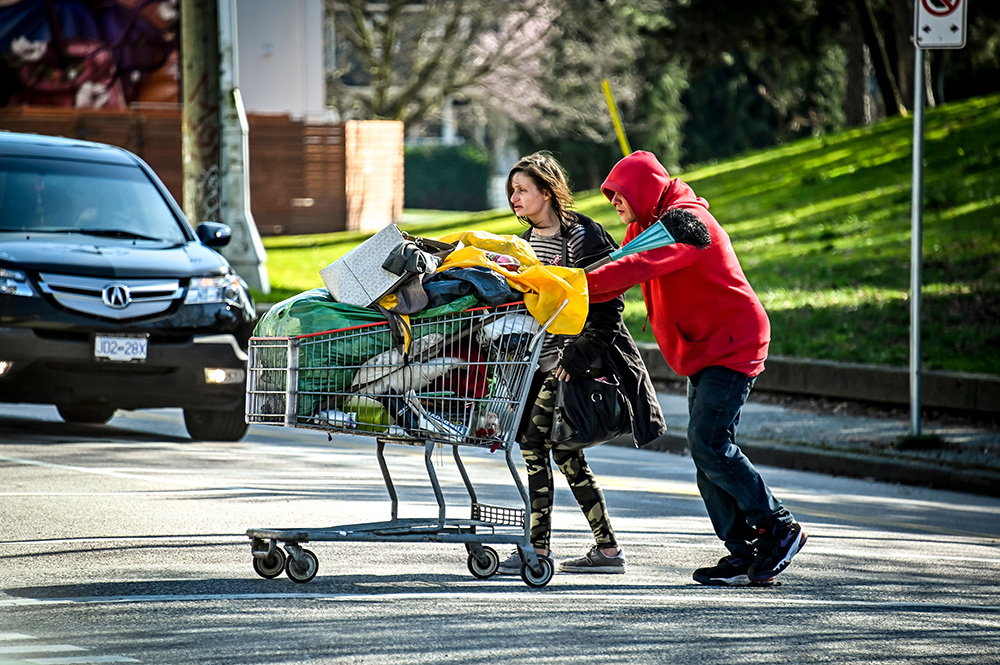
Cities need to be proactive about having this safety net of affordable housing in place when a crisis hits, he says, especially when many people in the pandemic might be “one paycheque away” from homelessness.
“Anticipate difficulty like a pandemic. Anticipate fluctuating job markets. Anticipate the continued influx of often low-income immigrants and refugees.”
To create a diversity of housing to suit a diversity of needs, Guslits suggests that cities make public land available for development, be bold about welcoming density and incentivize the private sector to play a role in building affordable homes.
“These things are not new. They have long been needed. It’s unfortunate that it took a pandemic to show us the extent of the problem and where it lies.”
Valuing nature
You don’t have a livable city if you don’t have anything green.
“For many of us, with access to natural locations limited due to COVID, that value is underscored,” said Jeanna South, director of sustainability at the City of Saskatoon.
In cities, it’s usually built infrastructure that gets most of the consideration in urban planning. How can municipalities better include nature, and look beyond its value in dollar figures?
One idea is examining what’s called the triple bottom line. In addition to financials, calculating the social and environmental gains and losses.
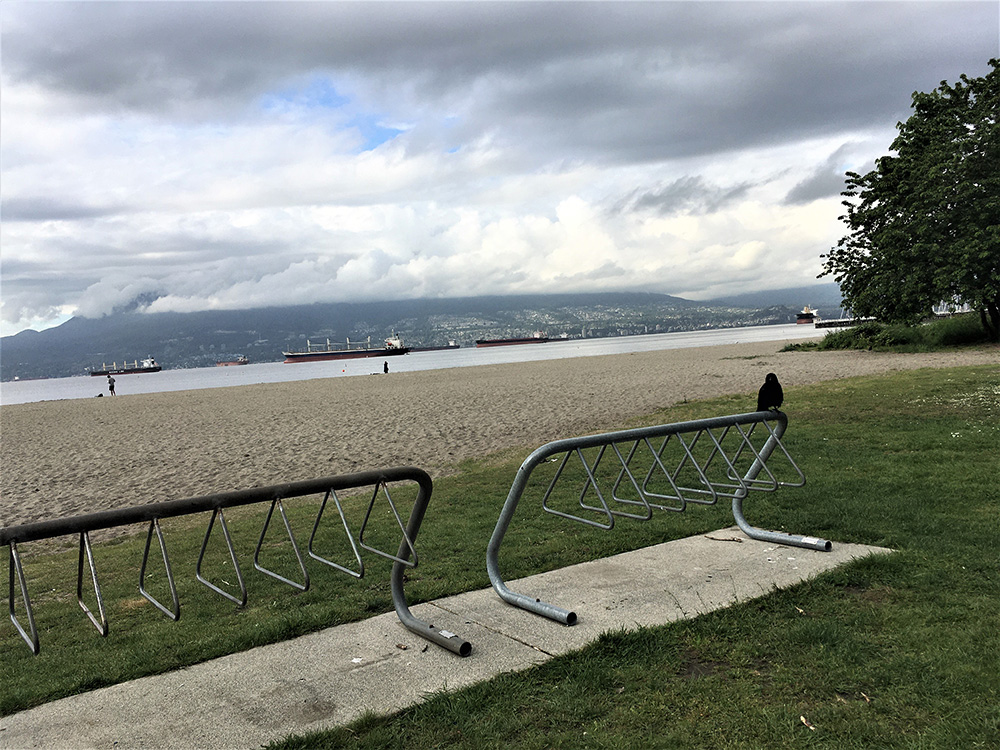
It’s important to look at the role of a natural asset, such as a stream or park, as part of a greater ecosystem, said South. How might it support wildlife? What role does it play in storm protection or carbon storage? What does it offer culturally, such as for recreation or education?
Cities often have targets for green infrastructure and urban design, but South suggests that we might benefit from an equity approach that considers our ecosystems.
“How might we reconsider the rights of nature?” she asks.
“Equity shouldn’t be weighed just from a human perspective, but balanced with the needs of the natural system. Human access to nature should only be allowed where the ecosystem can withstand further human intersection.”
Keeping spirits up
Have you seen people on your social media share how they’re enjoying biking on streets closed by their city or how they’re discovering wonderful local parks or dining al fresco along roadsides commandeered for restaurant patrons?
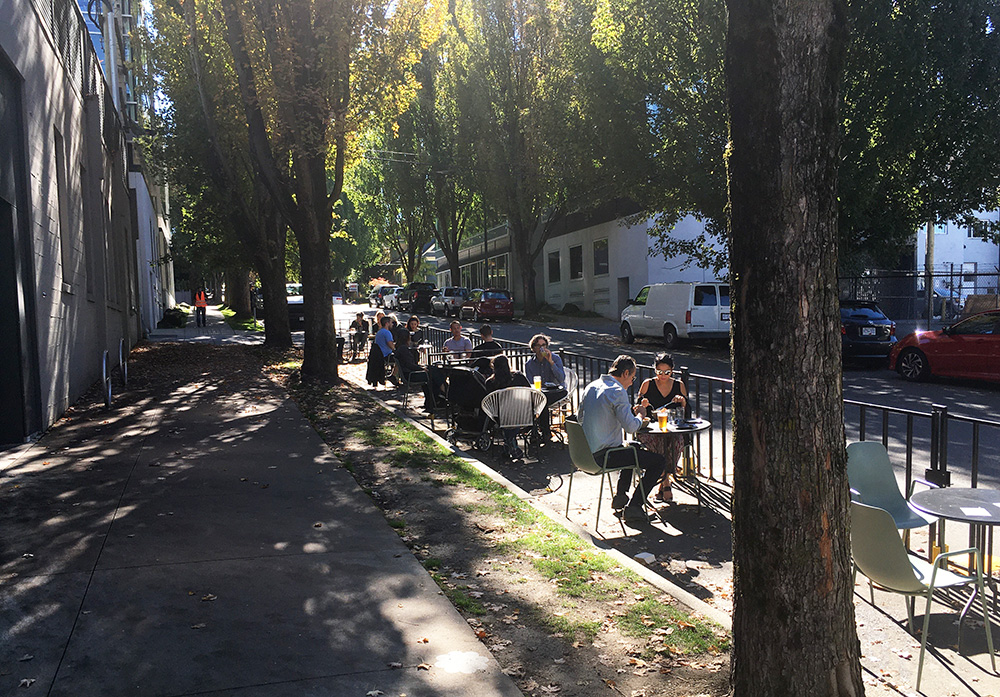
“There’s a lot of excitement around open streets and the 15-minute city, but it’s important to ask who they serve,” said Robin Mazumder, a PhD in cognitive neuroscience who researches the psychological impacts of urban design. “[Not everyone] has access to these fun things that people are tweeting and posting about.”
Not everyone can afford to live in an area near groceries, let alone a park or their loved ones.
“The city becomes a lot smaller for many people based on socioeconomic status,” said Mazumder. “Not everyone has a car or access to one. Basic needs can’t be met if they don’t drive or live in the right neighbourhood. That’s massive.”
Winter is coming, and Mazumder is thinking about the sidewalk snow clearance on Canadian streets.
“This is already an issue for people with disabilities or parents who use strollers. They can’t get out of their house. So if you combine that with the already present tension and stress that people are experiencing as a result of this pandemic, it’s important to consider.”
Mazumder has heard people talk about the pandemic as a “wake-up call” to disparities in our cities, but he says that decision-makers should’ve been paying attention to them all along.
“The pandemic has shown us in many ways how power operates,” he said. “The fact that these disparities exist in the first place mean [people in power] aren’t aware, or are aware and don’t care.... At the end of the day, the reason the pandemic is such a disaster is because the disparities exist. If people don’t have access to adequate space or resources to stay well, this is going to keep on going. I think this is emblematic of our social and political climate. The hopeful part is that we learn from it, and do the work necessary to make cities healthier and more equitable.”
You can learn more about the Council of Canadian Urbanism’s free online conversations, running until the end of October, here. ![]()
Read more: Rights + Justice, Urban Planning + Architecture



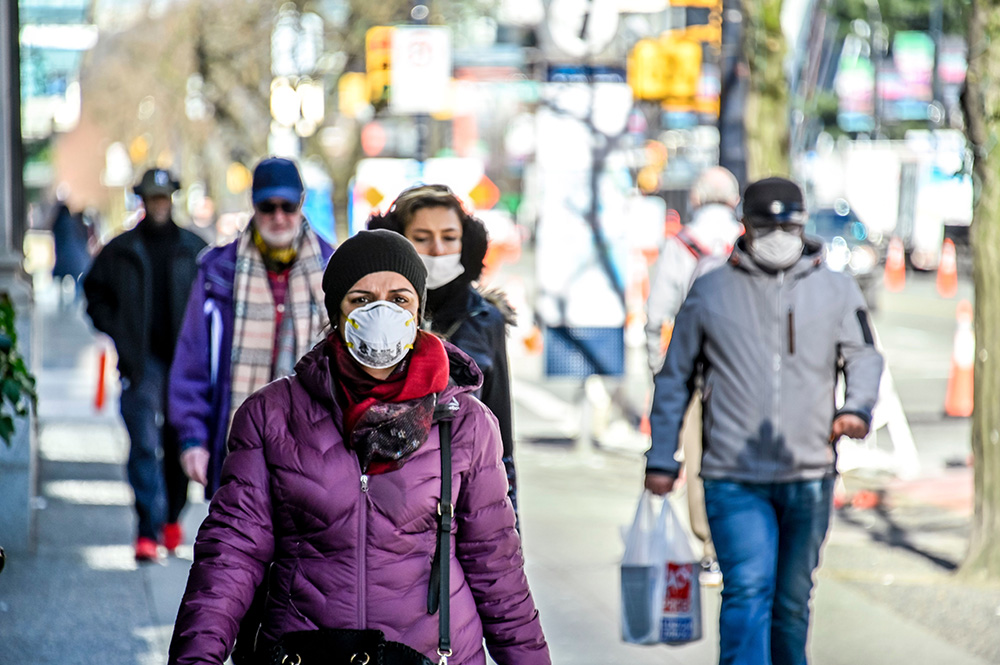












Tyee Commenting Guidelines
Comments that violate guidelines risk being deleted, and violations may result in a temporary or permanent user ban. Maintain the spirit of good conversation to stay in the discussion.
*Please note The Tyee is not a forum for spreading misinformation about COVID-19, denying its existence or minimizing its risk to public health.
Do:
Do not: